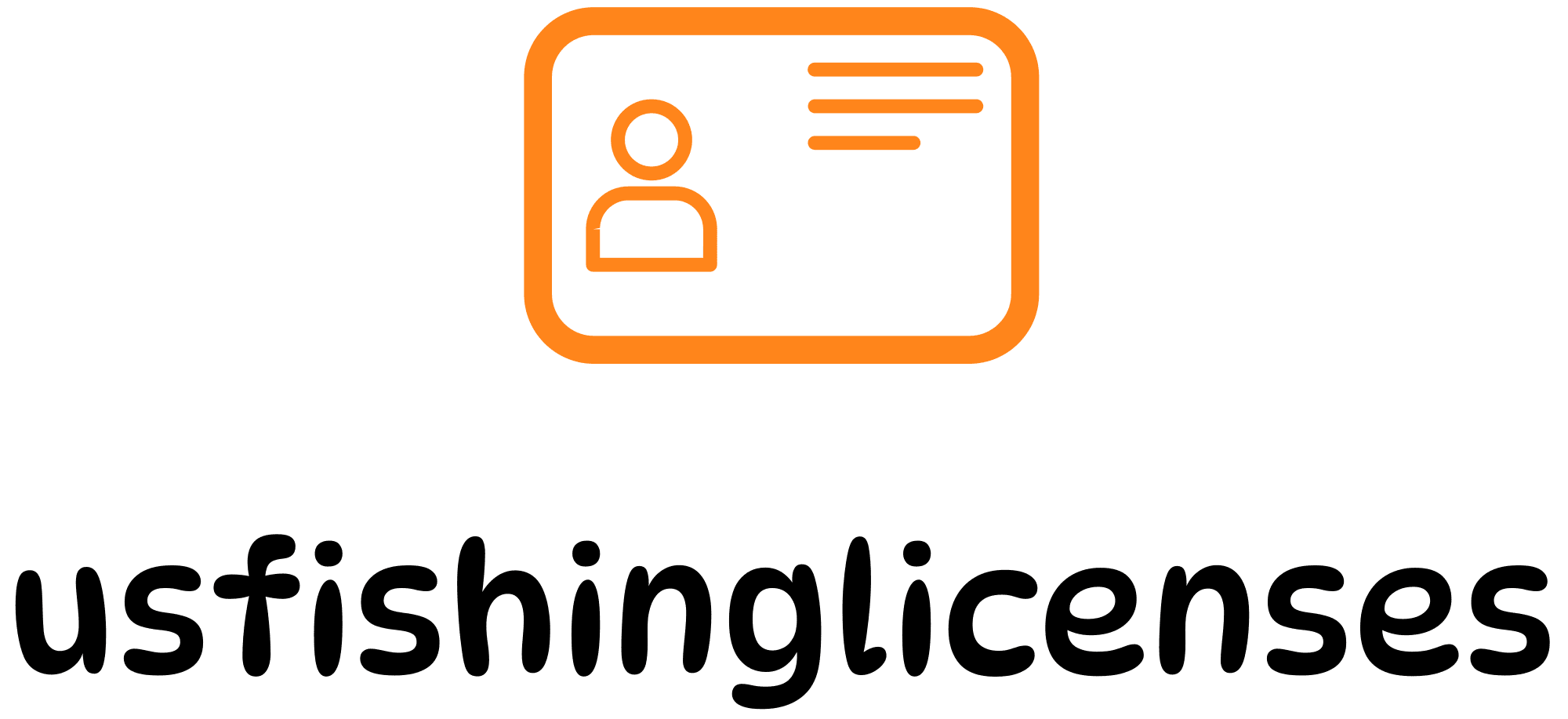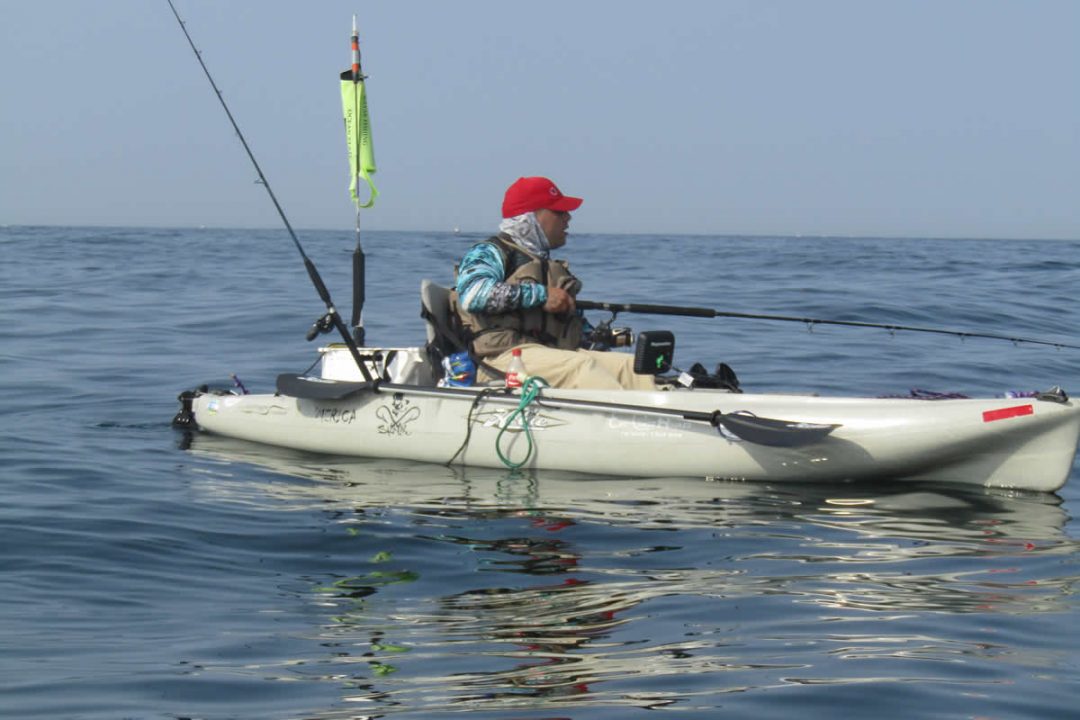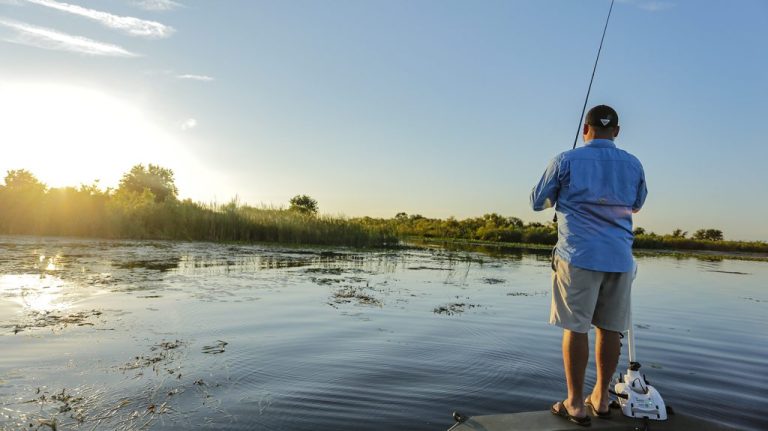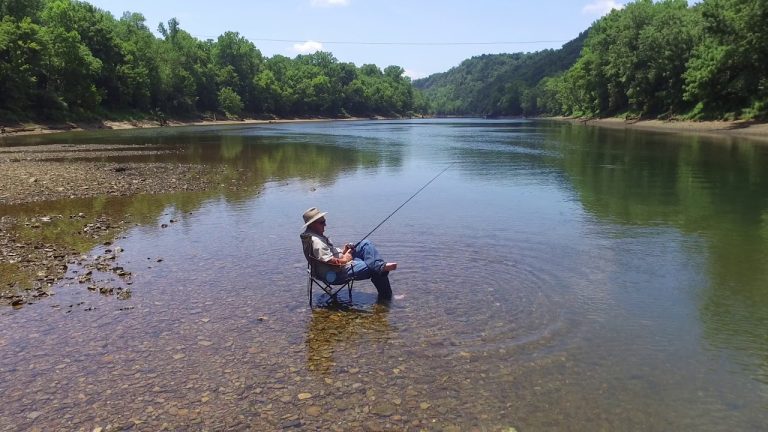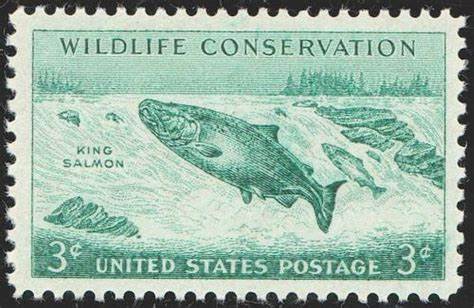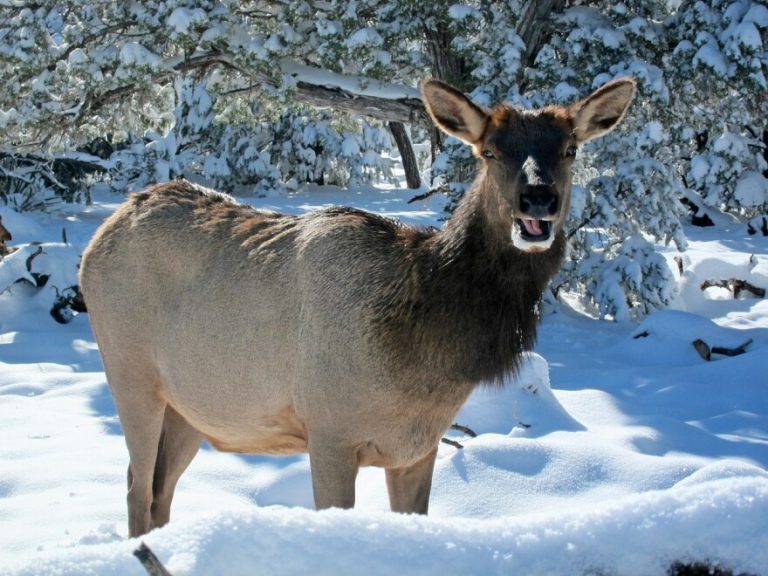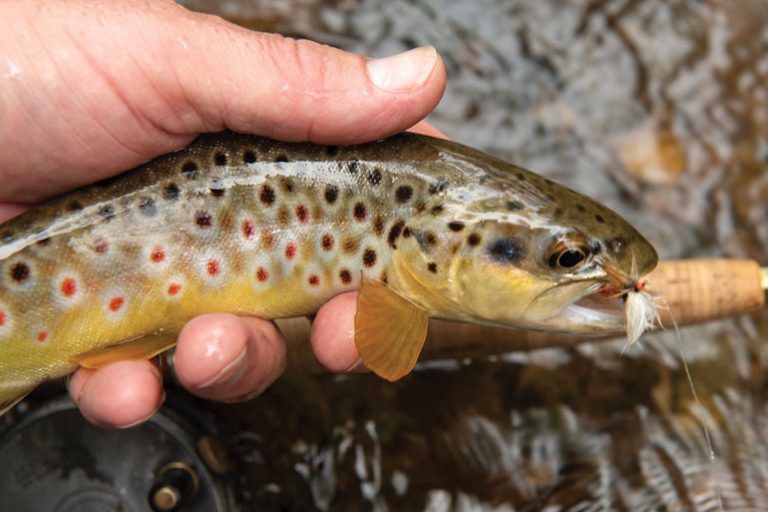Fishing in Alaska’s remote areas offers a unique and rewarding experience, but it requires adherence to specific regulations to ensure sustainable practices and conservation of fish populations. This comprehensive guide covers the essential information anglers need to know about fishing license requirements and regulations for these pristine regions.
Types of Fishing Licenses and Costs
Alaska offers a variety of fishing licenses for both residents and non-residents. The table below summarizes the types of licenses available and their associated costs for the 2025 fishing season.
| License Type | Cost | Category |
|---|---|---|
| Annual Sport Fishing License | $29 | Resident |
| Low-Income License | $5 | Resident |
| Senior (60+) License | Free | Resident |
| Disabled Veteran License | Free | Resident |
| King Salmon Stamp | $10 | Resident |
| 1-Day Non-Resident License | $25 | Non-Resident |
| 3-Day Non-Resident License | $45 | Non-Resident |
| 7-Day Non-Resident License | $70 | Non-Resident |
| 14-Day Non-Resident License | $105 | Non-Resident |
| Annual Non-Resident License | $145 | Non-Resident |
| King Salmon Stamp (1-Day) | $15 | Non-Resident |
| King Salmon Stamp (3-Day) | $30 | Non-Resident |
| King Salmon Stamp (7-Day) | $45 | Non-Resident |
| King Salmon Stamp (Annual) | $100 | Non-Resident |
Source: Alaska Department of Fish and Game (ADF&G)
General Requirements
All anglers, both residents and non-residents, must obtain a fishing license to fish in Alaska’s waters. However, there are some exceptions:
- Residents under 18 and non-residents under 16 are exempt from needing a license but must have a harvest record card for species with annual limits.
- A King Salmon Stamp is required for those targeting King Salmon, except for residents under 18 and non-residents under 16.
Purchasing Licenses
Anglers have two main options for purchasing fishing licenses:
- Online: The most convenient method is to purchase licenses through the ADF&G website. This allows anglers to avoid long queues and obtain their licenses quickly.
- In-Person: Licenses can also be purchased at sporting goods stores, grocery stores, and other major retailers throughout Alaska.
Special Considerations
- Digital Copies: While anglers can carry a digital copy of their license on their phone, it is advisable to have a printed copy as a backup.
- Harvest Record Card: This card is required for all anglers (including exempted youth) when fishing for species with annual limits.
Conservation and Regulations
To protect endangered species and habitats, anglers must comply with various regulations, including:
- Size and bag limits
- Seasonal restrictions
- Specific gear requirements
For subsistence fishing, special permits like the Subsistence Halibut Registration Certificate (SHARC) are required, along with specific gear and catch limits.
Regional Regulations
Before fishing, anglers should always check for emergency orders and news releases from ADF&G, as these can supersede published regulations. Additionally, different regulations may apply depending on whether fishing occurs in state or federal waters. Maps and boundaries are available for reference.
Additional Resources
For the most up-to-date information on licenses, regulations, and emergency orders, anglers should visit the ADF&G website. The site provides a wealth of information, including:
- Sport Fishing Regulations: Detailed regulations for each region and specific drainages
- Sport Fishing Licenses and King Salmon Stamps: Information on license types, costs, and purchase methods
- Fishing Regulations Home: Overview of the different categories of fishing in Alaska and links to relevant regulations
- Fishing in Alaska: General information about the benefits and highlights of fishing in Alaska
Many local guides and outfitters also include the cost of licenses in their packages and can assist with obtaining the correct permits.
Economic Impact of Sport Fishing in Alaska
Sport fishing is a significant contributor to Alaska’s economy. In 2007, a comprehensive study by ADF&G revealed:
- Resident anglers spent $733 million on sport fishing activities
- Non-resident anglers spent $652 million
- The total economic impact of sport fishing was estimated at $1.4 billion
- Sport fishing supported thousands of jobs in industries such as fishing tackle sales, hospitality, lodging, and air taxi and guide services
While the data is from 2007, it highlights the substantial economic role sport fishing plays in Alaska, particularly in local communities.
Conclusion
Fishing in Alaska’s remote areas is a unique adventure that requires careful planning and adherence to regulations. Obtaining the correct fishing license and understanding the specific rules for the area you plan to fish in are crucial steps. By doing so, you help preserve Alaska’s natural beauty and ensure that its fish populations remain healthy for future generations.
For more detailed information and to purchase your fishing license, visit the Alaska Department of Fish and Game website.
